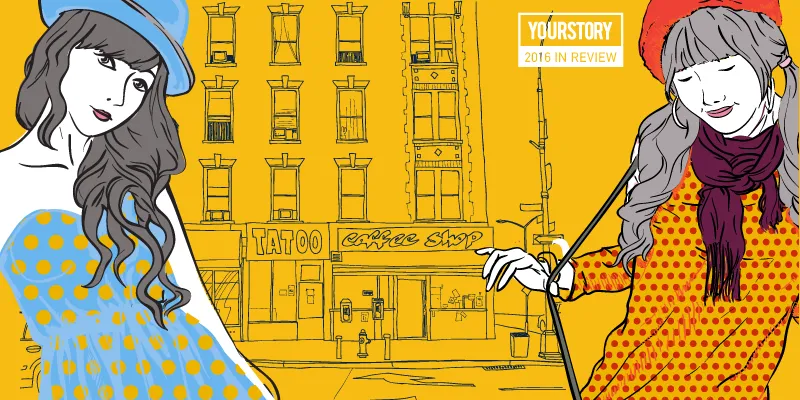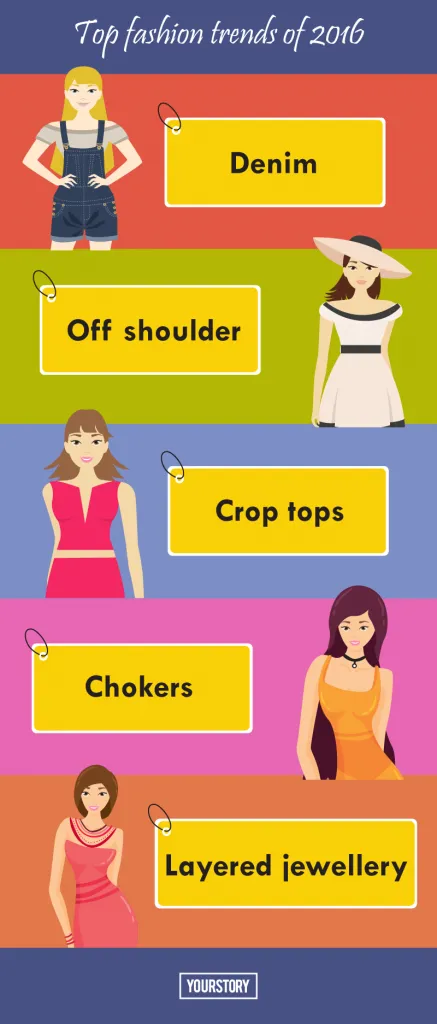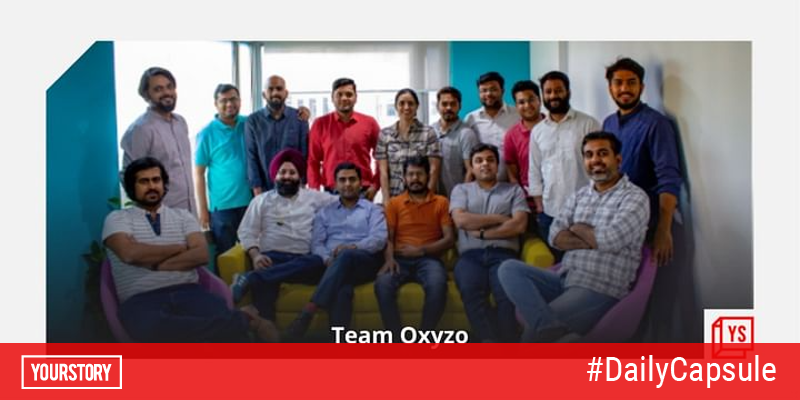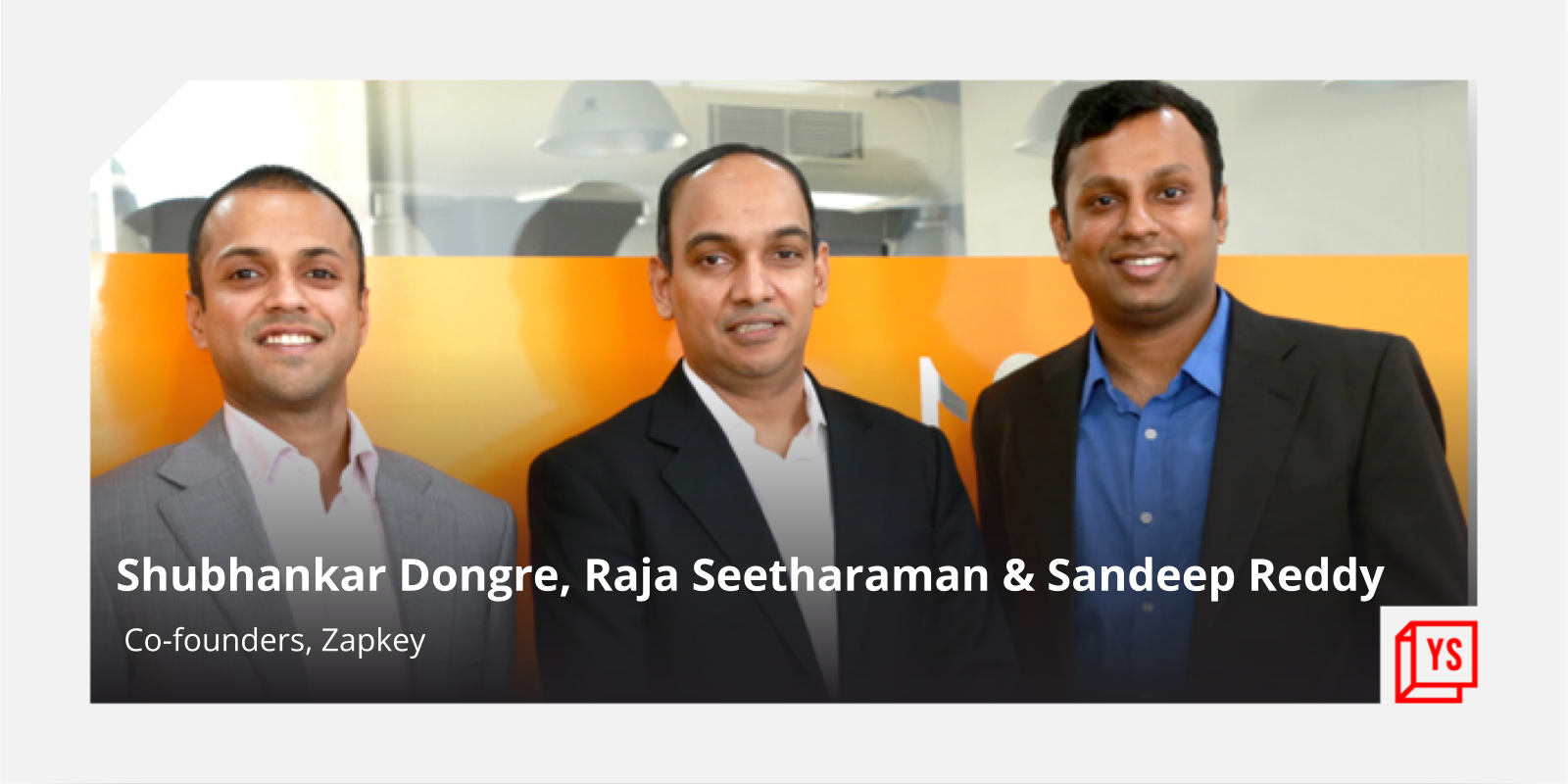Style beats discounts in online shopping for fashion in 2016
The past 12 months have seen the titans of Indian e-commerce battle it out for the upper hand in the fashion category, and Flipkart-owned Myntra won the race when it beat Snapdeal to buy Jabong in August. The alliance now claims to have 70 percent market share in fashion. With fashion boasting the highest margins, this provides a boost to their revenue.

The growth of fashion in ecommerce is so large that Myntra claims it will be the first of the country’s online marketplaces to become profitable. Claiming an annual growth rate of 80 percent and with a run rate of $1 billion in revenue, Myntra aims to break-even by the end of this fiscal year and is targeting a $2-billion run rate by 2018.
There is space for multiple players in different categories. Pre-owned luxury goods platform Zapyle has grown 1,000 percent since launching a year ago. Online fashion brand FabAlley has witnessed 65–70 percent growth in 2016 and is expecting 80–100 percent growth in 2017–18. Amazon Fashion has witnessed 100 percent annual growth rate. New startups with multiple business models are coming up in the space, Seenit, Adoro, Shopo, Pretr, Liberent, and Flyrobe among them. Corporate giants like Future Group, Reliance Industries, and Tata Sons have also entered the online fashion space with ABOF, Ajio, and Tata CLiQ, respectively.
However, online retail is still less than 2 percent of total retail in India. More than half of e-commerce is made up by mobile phones and consumer electronics. According to Arvind Singhal, Chairman of Technopak Advisors, e-commerce contributes to just 1 percent of the total fashion retail market, worth $50 billion [approximately].
Thanks to the changing customer mindset, technological developments, and newer business models, the fashion sector has been e-commerce’s star performer in 2016. YourStory finds out more.
Transformation in consumer behaviour
The customer is changing with the times. Fashionable trend-focused products, not just basic ones, now sell better. For example, off-shoulder dresses [for autumn-winter] brought more than 25 percent of FabAlley’s revenue in the last three months.
Also, discounts are not a priority anymore. Shivani Poddar, Co-founder of FabAlley, says, “Earlier, the customer was price-conscious. Now, the value proposition is more important.” Rashi Menda, CEO of Zapyle, agrees. “Both young girls and women are also very stylistically inclined. Beyond specific brands and products, they are looking for guidance and service for complete head-to-toe looks.” Myntra has also witnessed full-price sales rising by 2–3 percent. According to Myntra CEO Ananth Narayanan, brands seldom looked at online platforms as a marketing channel or full-price sales channel. “But now we have more than 200 brands and two million followers. Brands can be built digitally on our platform,” he says.
However, the fashion category still draws a considerable amount of customer hesitation. Unlike for electronics which gives you what you see, with fashion, there is always the chance of the product turning out different from its appearance online. Developed economies like the US and Europe have invested in studying their customers’ metrics. The data thus derived is shared with all companies in the sector. This is a national-level exercise conducted every five years. India still has no such facility. This is why every brand’s L, XL, and XXL would be different here. Arvind says, “Due to human body changes, standardisation of sizes is not possible without a study. Repetitive studies are needed to ensure standard sizes.”
Myntra is now promoting the ‘Try and Buy’ feature, which lets one try two to three items at home, thereby solving the problem of sizing. However, Arvind warns that the cost of doing it is very high. “Profitability margins will be affected, and charges of packing and repacking will be extra,” he says.
Global trends, local tastes
Indian consumers, even outside metro cities, keenly follow global trends. In fact, Amazon has witnessed increasing buyers for premium watches in tier II/III markets. They have also signed up with premium brands including Emporio Armani, Versace, and designers like Tarun Tahiliani.
In 2016, Zapyle - which also sells fresh luxury goods at deeply discounted prices- also got regular orders from smaller cities like Ludhiana, Guwahati, and Muradabad. FabAlley has seen more traction from tier II cities like Patna, Surat, and Mohali, although distribution is still higher in tier I cities.
Saksham Karwal, Co-founder and CEO of fashion discovery platform Seenit, says that that the biggest change he has noticed is users ordering from international websites such as ASOS, AliExpress, and Macy’s. The SeenIt community is 98 percent millennials within the ages of 13–34, of which 93 percent are from metros. Although global trends are popular, tier II and tier III users are significantly more engaged with Bollywood fashion. For Amazon, almost 50 percent orders are from tier I markets, whereas it is 70 percent for Wooplr.
Also, there is a huge shift from discount-led to discovery-led shopping. With social media and concepts like SeenIt, fans can now identify what their style icons are wearing. “Once they have the exact product identified, it is much easier to find similar products that will fit their budget and are shoppable in India,” Saksham says.
Personalisation
It won’t be wrong to say that e-commerce today revolves around personalisation. Based on a customer’s browsing history, online sellers show relevant products of similar trends.
Arjun Zacharia, Co-founder and CEO, Wooplr, says: “From content to Facebook advertising to each user's personal trending feed in the Wooplr app and finally customer service, users
get a story that is deeply conditioned from their network, personal preferences, and content consumption patterns. This has a direct impact on conversion rates.” Amazon is also building specially curated stores such as Crafted in India and the India Modern Store along with stores for denim, formal shoes, premium handbags, and casual T-shirts for better discoverability. Mayank Shivam, Category Leader, Amazon Fashion, says: “The right brands bubble up when we understand their intent is to shop a particular range or particular selection of brands.” In Myntra, artificial intelligence (AI) and machine learning provide personalisation. Myntra CTO Ajit Narayanan says, “We have massive data on consumer behaviour through social media. We have a rich glossary on fashion semantics, including colloquial terms. Using all of that, we can predict what the trends could be.” The machine sees details of every outfit — model, design, location of the customer — and accordingly shows the customer new collections from their favourite brands and same design in different brands.
Private labels
Market leaders in fashion e-commerce came up with their respective private labels long ago. Jabong has Sangria in ethnic wear, and Miss Bennett and Lara Karen among its western wear labels. Myntra has 11 private labels — Dressberry, Anouk, Roadster, and HRX among them. In fact, the focus on private labels is so strong that Myntra is set to open its first offline store, which is aimed at marketing rather than revenue. However, Arvind warns against an omni-channel strategy as it takes away the entire proposition of giving more choices to the consumer. “What they should invest in is standardisation of sizes,” he says.

But it takes years to for a private label to become a major brand. Shivani of FabAlley says that private labels now contribute more than 50 percent of overall sales in the industry; this will be 60–70 percent by 2020. FabAlley has tied up with Central Mall, through which they are now available in 30 outlets.
For horizontal marketplaces, private labels are aimed at filling need gaps, whether in selection, price range, or availability. Amazon India has menswear label Symbol as well as Myx ethnic wear for women. Flipkart is set to launch apparel under the umbrella brand of ‘Flipkart Smartbuy’ in April 2017.
Creativity is the key
In fashion e-commerce, creativity, not business, drives visualisation. Shweta Ganesh, Fashion Editor at Wooplr, says, “The concept for our campaign Wooplr Carnival came from our creative team, where types of shoppers were identified through animated, cute, monsters. We provided shopping triggers like invite-only access products, deals, etc. by these monsters. The campaign raised our orders by 50 percent without the usual discounting,” she says.
Saksham says that although their creative team derives trends based on user searches, what is seen on the ramp or what brands define as trendy may not necessarily be wearable by most people. “Finding a middle ground to curate what is actually trending based on people's buying decisions is the art our team is currently mastering,” he says.
The new-generation shopper wants advice on styles, and guidance on what to buy. Amazon’s creative teams put together topical style guides and look-books to keep customers up to date in fashion trends/new selections, etc.
For 2017
Fashion will continue to be a sector of focus for e-commerce. With more disposable income and choices, women and men will continue to shop more. However, it’s too early to declare the winner among business models. Discovery and social network models are under experimentation across the world. According to Arvind, it might change when AR and 5G become real and the technology to support virtual try outs, catwalk, etc. becomes mainstream.
Arvind sees little investment in the fashion sector in the coming year. But it is undeniable that online space has become a key decision-maker in the evolution of fashion in India. Amazon predicts that in 2017, fusion wear and distressed denims, along with florals and stripes, will make a comeback. According to Wooplr, ’80s style — with ruffles and puffy sleeves — will return in 2017, while off-shoulder will continue to be a big trend. A few months is all it should take to see how many of these predictions come true.









![[Startup Bharat] Y Combinator-backed BeWell Digital is enabling the digital transformation of radiologists](https://images.yourstory.com/cs/2/40d66ae0f37111eb854989d40ab39087/ImagesFrames31-1648033042143.png)

